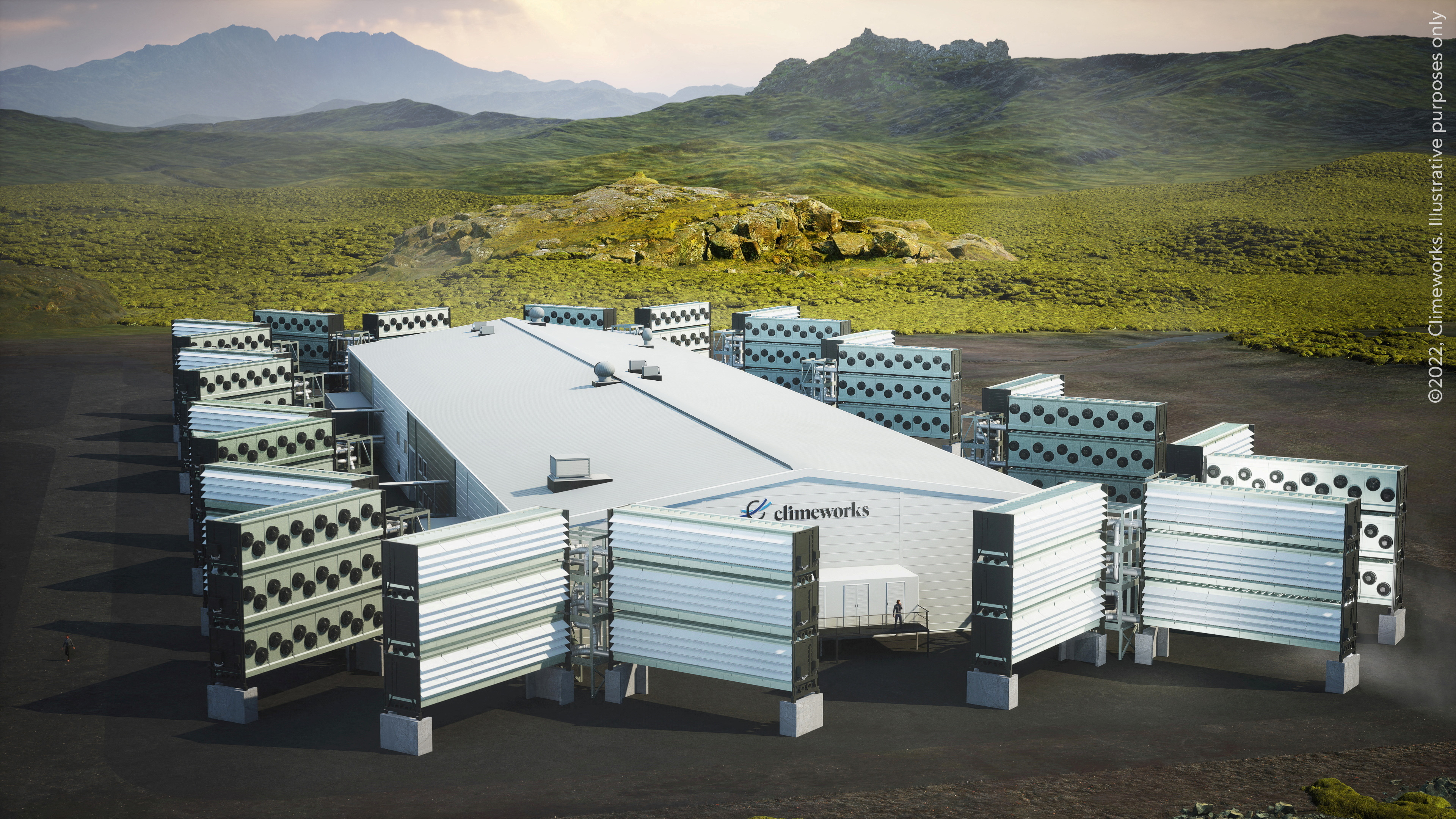
Image Source: Google
As the threat of climate change looms larger, the need to reduce carbon emissions has become increasingly urgent. In recent years, direct air capture (DAC) technology has emerged as a promising solution to help combat rising carbon levels in the atmosphere. DAC offers a way to remove carbon dioxide directly from the air, helping to mitigate the effects of greenhouse gas emissions and reduce the overall carbon footprint of various industries.
The Basics of Direct Air Capture
Direct air capture is a process that involves pulling carbon dioxide directly from the ambient air. This technology uses a series of chemical reactions to capture CO2 molecules and store them in a stable form. Once captured, the carbon dioxide can be stored underground or repurposed for various industrial applications.
How Direct Air Capture Works
- Air is drawn into a DAC system using fans or blowers.
- The captured air comes into contact with a chemical sorbent that selectively binds with carbon dioxide molecules.
- The sorbent is then separated from the CO2, releasing the captured carbon dioxide for storage or utilization.
Benefits of Direct Air Capture
- Helps reduce carbon emissions from hard-to-decarbonize sectors, such as aviation and heavy industry.
- Provides a way to remove historical carbon emissions from the atmosphere.
- Offers flexibility in where carbon capture can take place, making it a versatile solution for global emission reduction efforts.
Challenges and Limitations
While direct air capture holds great promise in the fight against climate change, there are still challenges and limitations that need to be addressed for widespread adoption of this technology.
Energy Requirements
- DAC systems require significant amounts of energy to operate, which can increase overall operating costs and carbon footprint if the energy source is not renewable.
- Research is ongoing to develop more energy-efficient DAC technologies to reduce the energy demand of carbon capture processes.
Cost of Implementation
- Current direct air capture technology is still relatively expensive compared to other carbon reduction methods.
- As the technology scales up and becomes more widely adopted, costs are expected to decrease, but initial investment remains a barrier for many industries.
The Future of Direct Air Capture
Despite the challenges, the future of direct air capture holds great promise for significantly reducing carbon emissions and helping to combat climate change on a global scale. Continued research and innovation in DAC technology are essential to improving efficiency, reducing costs, and increasing the scalability of carbon capture processes.
Advancements in DAC Technology
- Researchers are exploring new materials and processes to enhance the efficiency of carbon capture and storage.
- Integration of renewable energy sources can help reduce the carbon footprint of DAC operations and make the technology more sustainable in the long run.
Potential Applications of Direct Air Capture
- Direct air capture can be utilized in conjunction with carbon utilization technologies to create valuable products from captured CO2, such as synthetic fuels and building materials.
- The versatility of DAC technology makes it a promising solution for a wide range of industries looking to reduce their carbon footprint and contribute to global emission reduction targets.
Conclusion
Direct air capture has the potential to play a significant role in reducing carbon emissions and mitigating the effects of climate change. While there are challenges to overcome, ongoing research and development efforts are making strides in improving the efficiency and affordability of DAC technology. As we look towards a cleaner and more sustainable future, direct air capture offers a promising pathway to cleaner skies ahead.